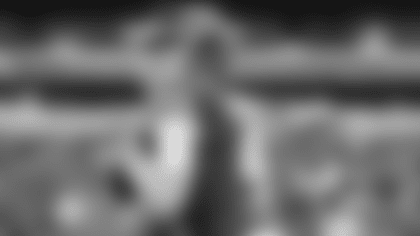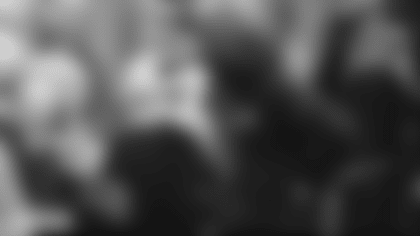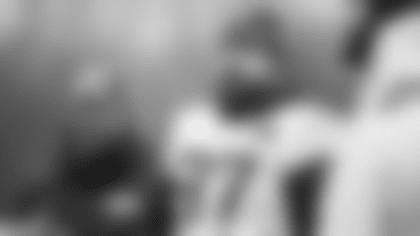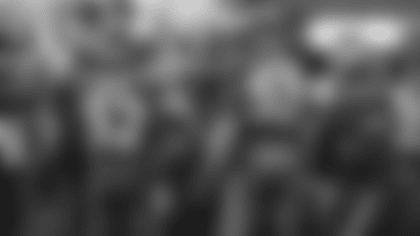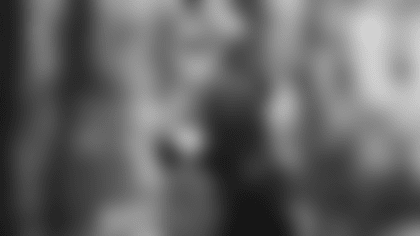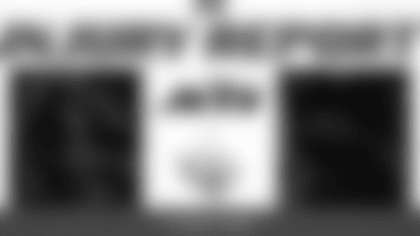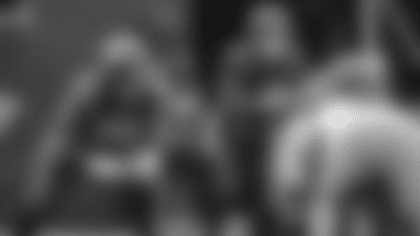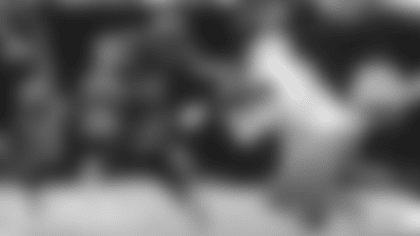
It's time to dust off "Jimmy Johnson" — not the former head coach and current Fox talking head but rather his fabled draft value chart — and do some calculations about six weeks before this year's draft kicks off in Cleveland.
Today's question: If the Jets were to trade their second overall pick on April 29, what should they get in return?
Keep in mind that we're not recommending that GM Joe Douglas trade the choice or who he should trade it to. But history tells us that if the Green & White decide to deal that prime pick, they should get a haul, especially if they ship it to a team that plans to spend it on a quarterback. Yes, the famous/infamous "QB Draft Surcharge."
Let's examine the five times since 2010 that Team A traded one of the top three picks of the draft to Team B, which then plucked its "franchise quarterback," and what Team A received for it (numbers are overall picks in draft):
| Draft | Trading Down | Trading Up | QB Selected |
|---|---|---|---|
| 2018 | IND (No. 3) | NYJ (Nos. 6, 37 and 49 and No. 34 in 2019) | Sam Darnold |
| 2017 | SF (No. 2) | CHI (Nos. 3, 67 and 111 and No. 70 in 2018) | Mitch Trubisky |
| 2016 | TEN (Nos. 1, 113 and 177) | LRM (Nos. 15, 43, 45 and 76 and Nos. 5 and 100 in 2017) | Jared Goff |
| 2016 | CLE (No. 3 and No. 139 in 2017) | PHI (Nos. 8, 77 and 100 and Nos. 12 in 2017 and 64 in 2018) | Carson Wentz |
| 2012 | STL (No. 2) | WAS (Nos. 6 and 39 and Nos. 22 in 2013 and 2 in 2014) | Robert Griffin |
The draft value chart shows that when teams trade picks this high in a draft, the team trading down always fares better when the team trading up wants a QB.
The most even swap, according to the chart, was the Bears trading from 3 to 2 with the 49ers to select Trubisky. The extra cost to the Bears was equivalent to a third-round pick, 85th overall.
The most uneven trade was Washington's move from 6 to 2 with St. Louis to select Griffin. An even-up trade would have been Nos. 6 and 39 overall in '12 and No. 22 in '13 for the No. 2. The 'Skins paid that and also kicked in the second overall pick in 2014, which in effect was the entire QB surcharge for that deal.
The Jets' transaction with the Colts to take Darnold in 2018 was in between those two layouts. The Green & White's surcharge was the equivalent of the 18th overall pick.
On average, teams trading up to grab a QB pay in the neighborhood of a 13th overall pick in addition to what the chart recommends would be an even trade.
Based on those recent transactions, what should the Jets get in return if they agree to trade down from No. 2? Let's say they're dealing with the team holding the No. 5 pick and seeking a signal-caller (hypothetically, since the Bengals, this year's No. 5, drafted Joe Burrow last year). A fair price including the extra QB charge would be picks 5, 38 (in Round 2) and 102 (probably a Round 3 compensatory) plus a first-round pick in 2022, which might come in at No. 7 or 8 overall.
Lesser Cost of Trades for Non-QBs
What if Team A is trading down from 1, 2 or 3 but Team B doesn't want a QB? The last times similar trades happened were in 2013 (Miami trading from 12 to 3 with Oakland to select DE Dion Jordan) and 2012 (Cleveland moving from 4 to 3 with Minnesota to tab RB Trent Richardson). Both of those swaps actually favored the team trading up, not trading down, by the equivalent of a Round 2 selection.
One Final Lesson
You may have noticed that the teams trading up in all our examples since 2010 got players who didn't exactly achieve and sustain greatness. The jury's still out on Darnold and Trubisky, but Goff (to Detroit) and Wentz (to Indy) were already traded this offseason by the teams that drafted them, Griffin played only three years with Washington before injury and departure, and Jordan and Richardson had short stays with their draft teams.
The draft rules of thumb hold true. If you have a conviction on a player, trade up and pay the price, but know that the trade may or may not work out. And if you're trading down, make sure your trading partner wants a QB and enjoy the draft capital bonanza that comes your way.




